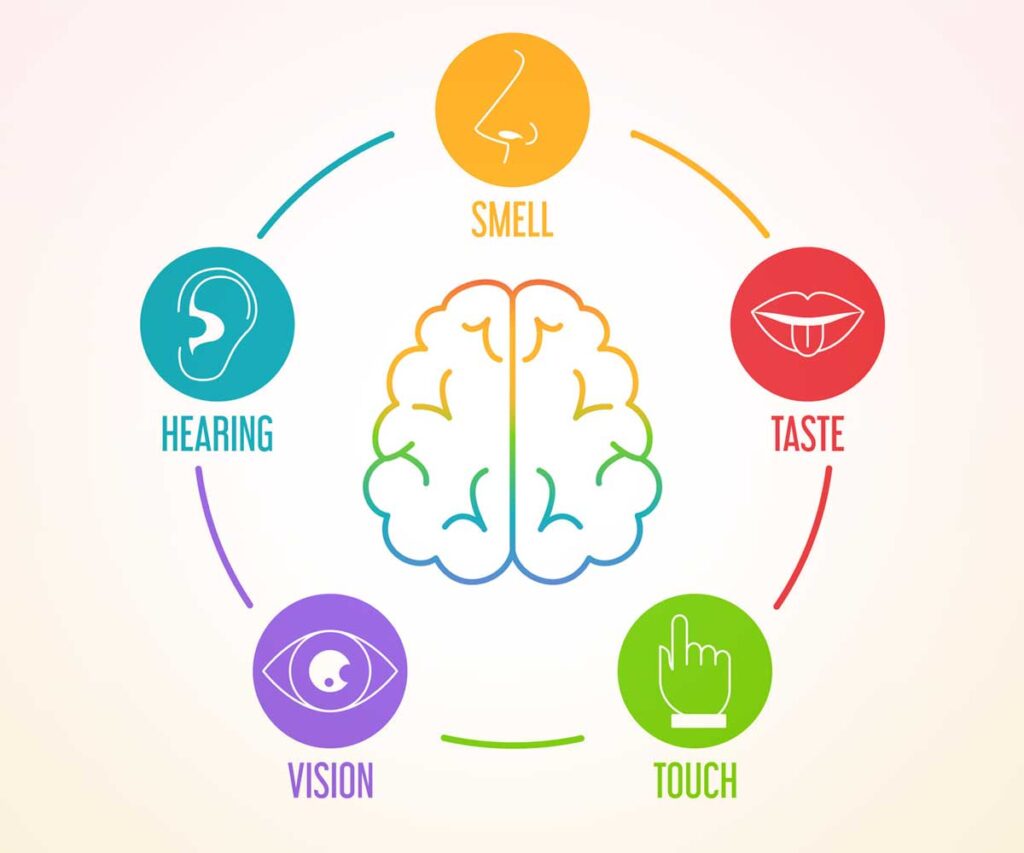Sensory Processing: Proprioceptive System
Purpose: The proprioceptive system is responsible for obtaining information about the body's position in space.
Function: Proprioceptors are small sensory receptors that are located within muscles, tendons, and joints. Information is received from proprioceptors when these structures pull, press, bend and straighten. When these receptors are pulled, pushed, bent, or stretched, information is sent to the brain to provide us with a sense of body awareness, motor planning, and coordination. A breakdown with processing this information can be caused by damage or dysfunction to sensory receptors, nervous system pathways, or areas of the brain responsible for interpretation.
Why It’s Important: The proprioceptive system provides us with important information for participation and completion of everyday tasks such as washing our hair, brushing our teeth, getting dressed, or eating/drinking. Without these receptors providing information, these tasks would become much more challenging or even impossible.
System Breakdown: When children have difficulty processing proprioceptive input it can often present as clumsiness or being uncoordinated. Children may seek out more input if they have a low proprioceptive threshold, which can present as rough play (crashing), deep pressure (hugs), or big movements (running, jumping, pushing, pulling, heavy lifting, climbing). If they’re over responsive to proprioceptive input, then children tend to be more cautious in their movements and avoid physical activities.

OT Intervention: Everyone processes sensory information differently and it doesn’t necessarily warrant intervention unless it prevents a child from participating in meaningful activities that impact their quality of life. Proprioceptive input is beneficial for children both with and without processing difficulties. A sedentary lifestyle restricts children’s opportunity to engage in proprioceptive activity and can ultimately result in sensory processing difficulty solely due to lack of exposure. Our sensory systems require frequent input and exposure in order to be able to process information efficiently and effectively. Occupational therapists assist with creating a ‘sensory diet’ to improve children’s ability to process sensory information that is unique to their needs. Some examples of activities that OT’s may use to promote exposure to proprioceptive input include:
Fine Motor: pinching, pulling, or squeezing playdough or putty, opening/closing objects, or manipulating velcro strips.
Gross Motor (frequently referred to as ‘heavy work’): jumping jacks, pushing/pulling/carrying heavy objects, building a fort, climbing on a jungle gym.
Oral Motor: blowing bubbles, chewing gum, eating certain foods like jerky or licorice.
Weighted objects such as vests, blankets, or lap pads can be helpful as deep pressure stimulates the release of serotonin and encourages the parasympathetic response, which assists with regulation by providing feedback for body awareness, decreased anxiety levels, and improved attention.